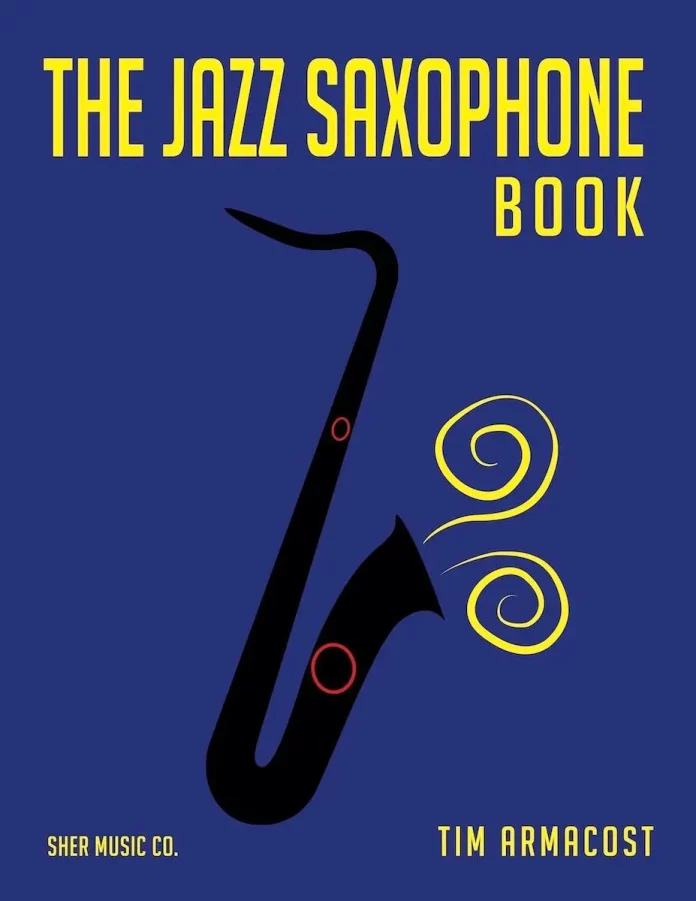Over the past 40 years, Tim Armacost has established himself as a well-known improviser on the New York jazz scene. Having had the thrill of performing alongside notable names including Jimmy Cobb, Kenny Barron, Peter Erskine, Roy Hargrove and Randy Brecker, Armacost now collates what he’s learnt from his musical mentors and written his first published book, with the aid of Sher Music Co.
Born in Los Angeles, Armacost has 14 critically acclaimed albums to his name and has had extended residencies across the globe performing in Japan, India, the Philippines, Holland and New York. Armacost is also a widely respected educator, teaching at the Jamey Aebersold and Sandford Summer Jazz Workshop at Queens College in New York City.
Armacost says his book has been heavily influenced by The Jazz Piano Book (1989) by Mark Levine as well as other method books including The Jazz Harmony Book (2013) by David Berkman and An Approach To Comping: The Essentials (2013) by Jeb Patton. Over the last two years, Armacost has worked closely with Sher, documenting the knowledge he’s accumulated from coaching people and from his experiences in jazz.
As you open the cover, you are welcomed by a handful of well-respected endorsements. Bob Mintzer says: “Tim Armacost has put together a concise and thorough book on how to play the saxophone in a jazz setting. He covers all the bases in a clear and sensible way. Highly recommended for students of jazz music.” Jerry Bergonzi says that the book is “a comprehensive method to playing and improvising”, adding: “I am on the same page with everything Tim is saying. The way he lays out the topics is brilliant. I would apply this to any instrument as the wisdom he gives transcends any one instrument.”
The book covers a variety of topics from the very basics, such as defining improvisation, to complex concepts like half-step II-V substitutions. There are four parts to the contents, explaining foundational skills, anatomy of a song, building tension with advanced harmony and my personal favourite, “deeper mastery”. As a whole, the method book is well presented with clear and understandable examples and descriptions. A student of any level would find value in the book.
There is a plethora of jazz-orientated method books on the market, with old favourites including Patterns For Jazz (1970) and Jazzology (2005). But I’m not aware of any with the detail and standard of this masterpiece, especially for saxophonists. This will make a fine addition to the pedagogy.
The Jazz Saxophone Book by Tim Armacost. Sher Music Co., 261pp. ISBN 978-0-9910773-8-0
















